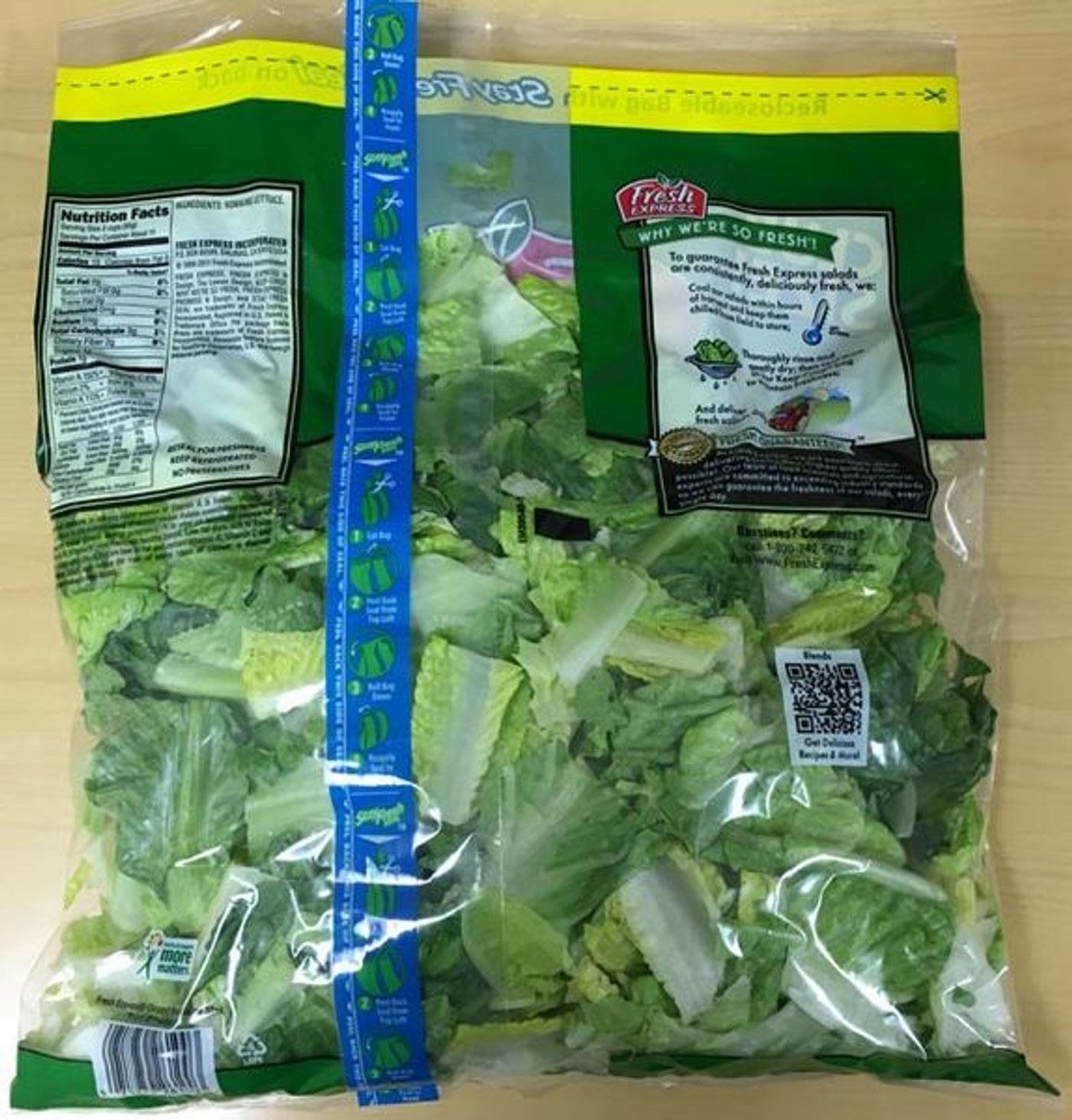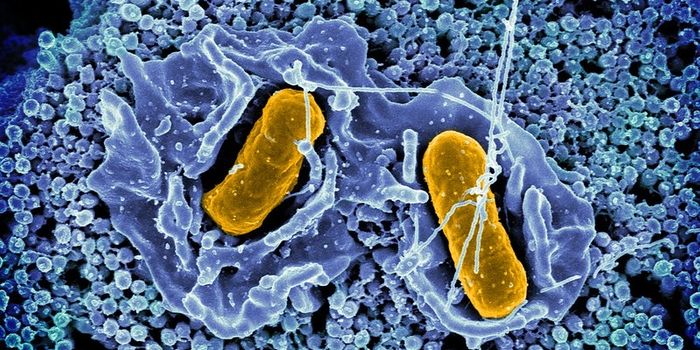Another Case of Lettuce Contamination
The Centers for Disease Control and Prevention (CDC) has issued an alert about an outbreak of Escherichia coli that may still be ongoing in several states. So far 35 people have been sickened by a strain of the bacterium, which is spreading on contaminated romaine lettuce, and is unrelated to another recent spate of infections from leafy greens carrying a different strain of the same bacterium. Normally carried in the intestines of people and many animals, E. coli starts to cause problems when it gets into food, and the danger posed by strains varies wildly; some might be ingested without causing any harm while others are far more serious.
An update on the case, also summarized in the video, showed that eleven states are affected so far, with illnesses beginning March 22 and extending to March 30, 2018. Of the infected individuals, 22 have required hospitalization; three patients developed hemolytic uremic syndrome, in which the kidneys fail. There have not been any deaths, however.
The CDC has initiated traceback studies to try to figure out the source of the bad lettuce. As of yet, a specific grower, distributor, supplier or brand has not been identified as the source of the contamination. Initial tests appear to indicate that the problem arose from a location in Yuma, Arizona. Chopped romaine lettuce harvested from that region may carry the O157:H7 strain of E.coli, which is responsible for the illnesses.
Most people that were affected ate some kind of salad at a restaurant; the only ingredient common to all the salads was romaine lettuce. Those restaurants all report using bagged lettuce.
The CDC has issued a warning about the outbreak. They advise anyone who has purchased chopped romaine lettuce, including salad mixes and prepared salads that contain romaine lettuce not to eat the products, and to throw them away. They also suggest sanitizing anywhere the lettuce might have touched, including storage areas.
Most people that are infected get sick within two to eight days of exposure to the pathogen. Symptoms can include stomach cramps, vomiting, and diarrhea that contains blood. While some serious cases can occur, many people get well after about a week.
Sources: CDC









